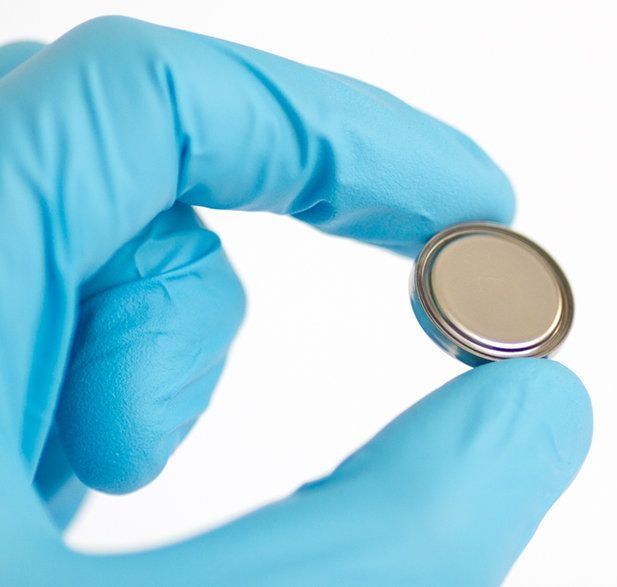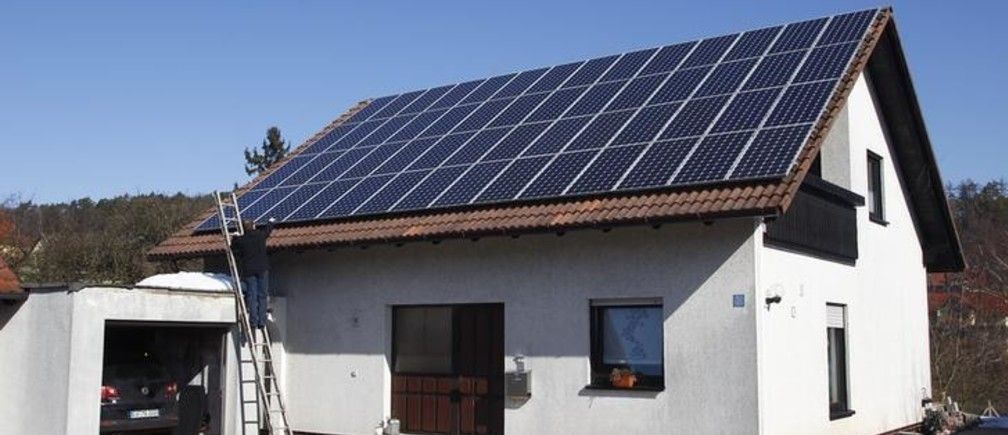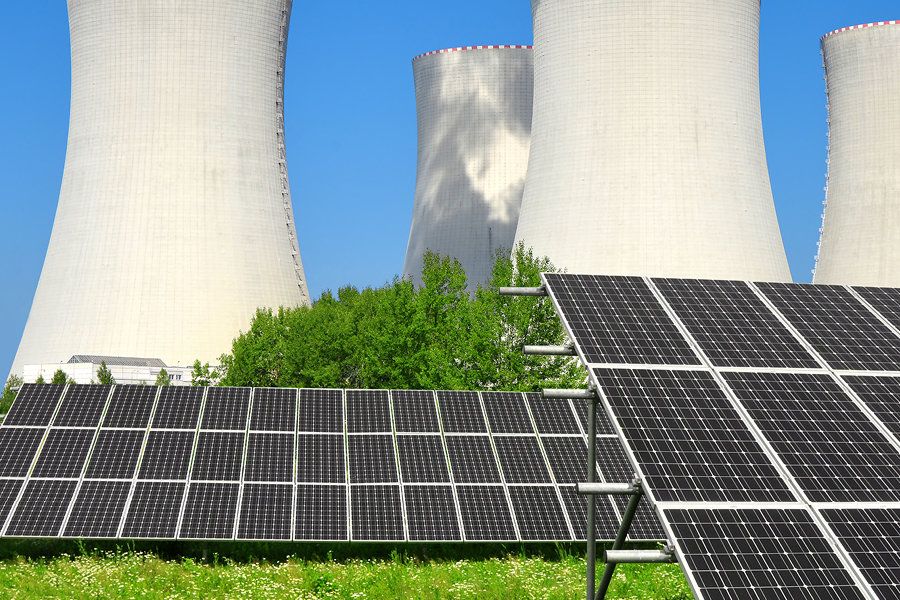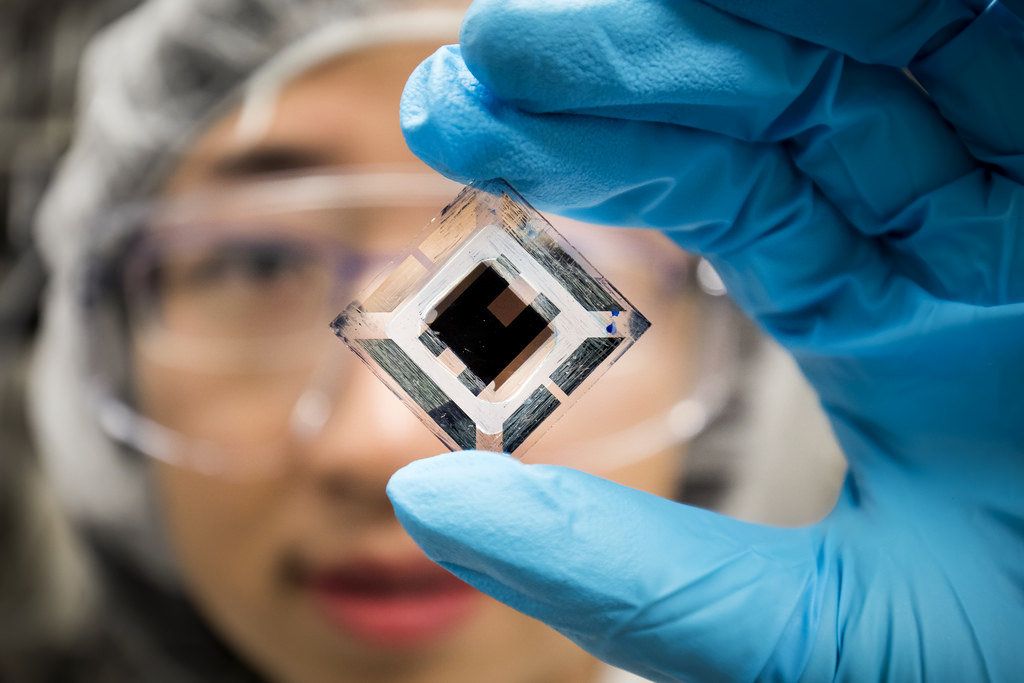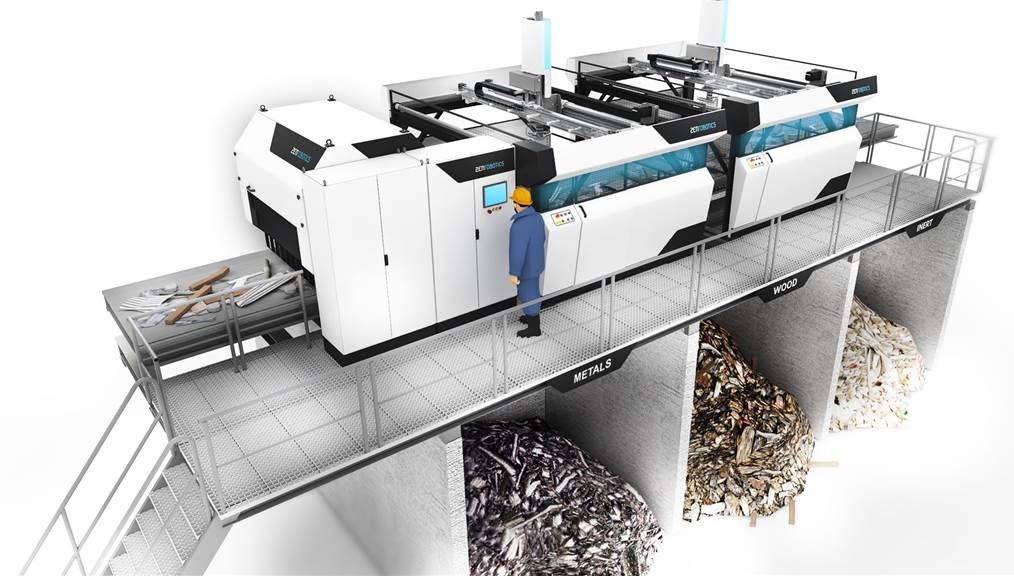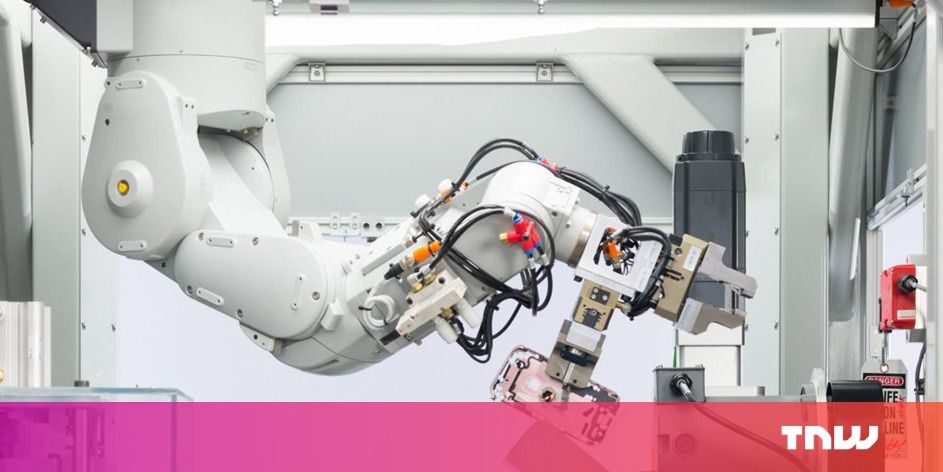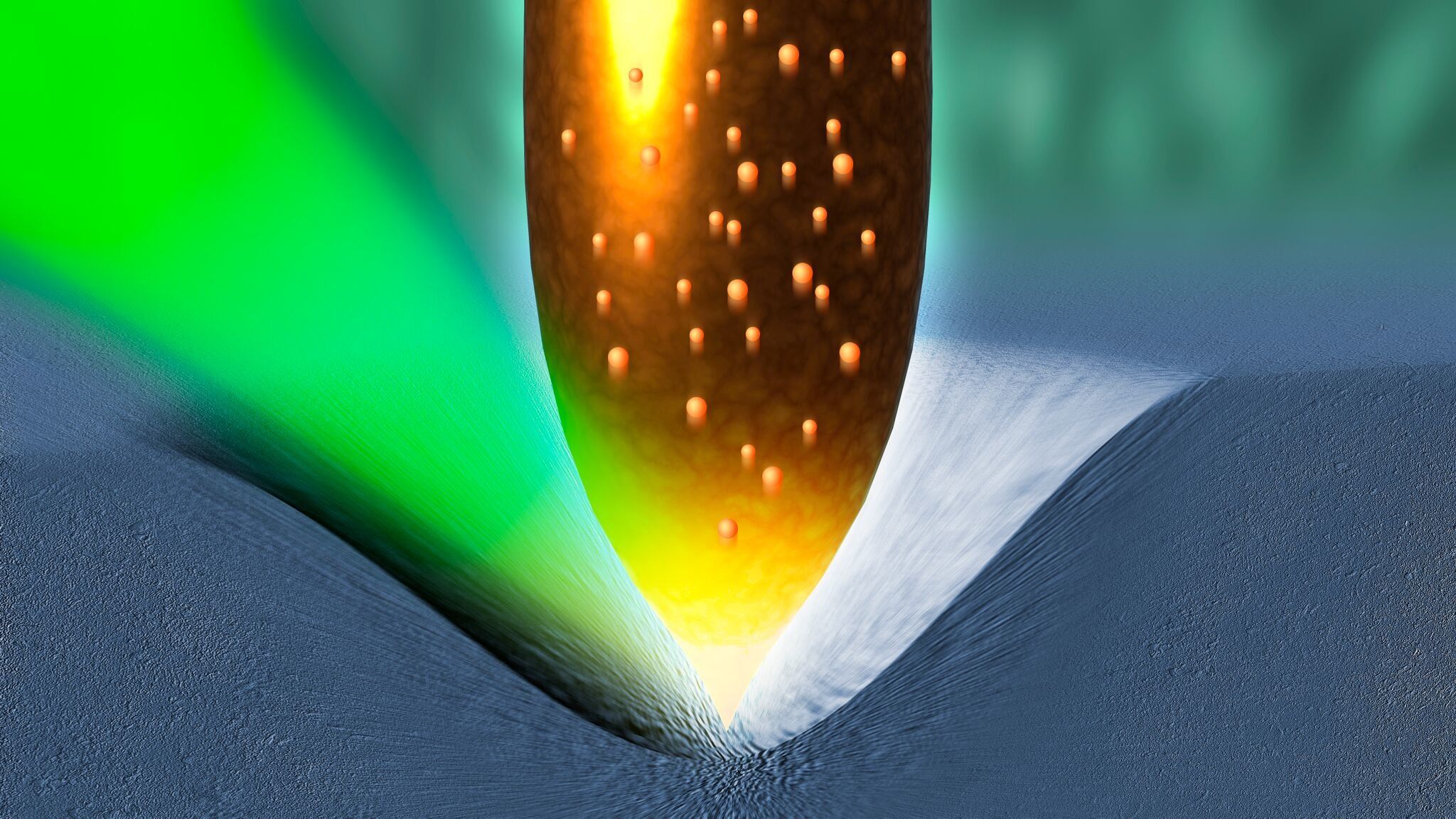A new conductor material and a new electrode material could pave the way for inexpensive batteries and therefore the large-scale storage of renewable energy.
The energy transition depends on technologies that allow the inexpensive temporary storage of electricity from renewable sources. A promising new candidate is aluminium batteries, which are made from cheap and abundant raw materials.
Scientists from ETH Zurich and Empa, led by Maksym Kovalenko, Professor of Functional Inorganic Materials, are among those involved in researching and developing batteries of this kind. The researchers have now identified two new materials that could bring about key advances in the development of aluminium batteries. The first is a corrosion-resistant material for the conductive parts of the battery; the second is a novel material for the battery’s positive pole that can be adapted to a wide range of technical requirements.
